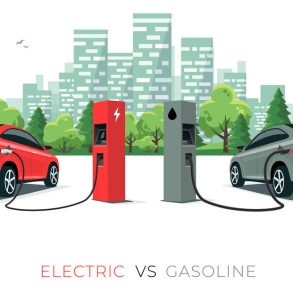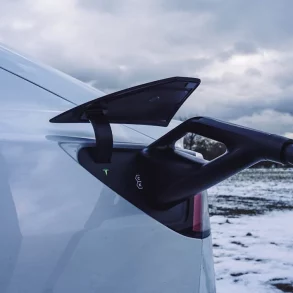Volvo Cars Sales Data, Trends & Analysis for the European Automotive Market
Volvo Cars sales in Europe have been growing steadily in recent years. In 2022, Volvo Cars sold over 247,000 vehicles in Europe, making it the 13th-best-selling automaker in the region. This represents an increase of 15.7% over Volvo Cars’ sales in 2021. Volvo Cars has a strong presence in Europe, with over 2,000 dealerships in over 40 countries. The company also has manufacturing plants in Sweden, Belgium, and Poland.
Volvo Cars Europe Sales Figures & Recent Highlights
The European luxury vehicle market is growing, and Volvo Cars is well-positioned to capitalize on this trend. The company’s vehicles are known for their safety, luxury, and performance. Volvo Cars now offers a variety of luxury vehicles to choose from, including sedans, SUVs, and crossovers. This makes Volvo Cars more appealing to a wider range of consumers. Volvo Cars is committed to electrifying its entire lineup of vehicles by 2030. This focus on electrification is appealing to European consumers, who are increasingly interested in electric vehicles.
Volvo Cars’ growth in the European market is expected to continue in the coming years. The company is planning to launch a number of new electric vehicles in the coming years, including the Volvo EX90 SUV and the Volvo EX30 SUV. Volvo Cars is also planning to expand its production capacity in Europe.
Volvo Cars Annual Sales, Growth & Market Share in Europe
Below we have a table that shows total Volvo Cars sales volumes for the European automotive market, broken out by year. This data captures all Volvo Cars sales for the entire European automotive market, including sub-brands.
| Year | Sales | YOY Change | Marketshare | Marketshare Change |
|---|---|---|---|---|
| 1997 | 103,301 | 0.00 | 1.25 | 0.00 |
| 1998 | 136,973 | 32.60 | 1.45 | 13.57 |
| 1999 | 166,239 | 21.37 | 1.47 | 1.41 |
| 2000 | 139,389 | -16.15 | 1.19 | -23.22 |
| 2001 | 158,291 | 13.56 | 1.27 | 6.56 |
| 2002 | 151,027 | -4.59 | 1.21 | -5.56 |
| 2003 | 144,182 | -4.53 | 1.15 | -5.21 |
| 2004 | 88,010 | -38.96 | 0.63 | -81.86 |
| 2005 | 114,457 | 30.05 | 0.82 | 23.14 |
| 2006 | 107,993 | -5.65 | 0.78 | -4.82 |
| 2007 | 131,741 | 21.99 | 0.95 | 17.84 |
| 2008 | 98,551 | -25.19 | 0.76 | -24.63 |
| 2009 | 107,236 | 8.81 | 0.81 | 6.10 |
| 2010 | 120,427 | 12.30 | 0.95 | 14.45 |
| 2011 | 113,658 | -5.62 | 0.90 | -5.41 |
| 2012 | 94,590 | -16.78 | 0.83 | -8.27 |
| 2013 | 70,140 | -25.85 | 0.62 | -34.81 |
| 2014 | 84,375 | 20.30 | 0.70 | 11.61 |
| 2015 | 109,069 | 29.27 | 0.85 | 17.23 |
| 2016 | 138,715 | 27.18 | 1.00 | 15.55 |
| 2017 | 192,090 | 38.48 | 1.32 | 24.33 |
| 2018 | 219,401 | 14.22 | 1.53 | 13.57 |
| 2019 | 241,579 | 10.11 | 1.64 | 6.50 |
| 2020 | 236,149 | -2.25 | 2.11 | 22.20 |
| 2021 | 247,517 | 4.81 | 2.23 | 5.79 |
| 2022 | 242,939 | -1.85 | 2.36 | 5.45 |
Volvo Cars Europe Annual Sales Units & Growth Chart
Below is a visual representation of Volvo Cars’ European sales units over time. We have both the Volvo Cars sales units and the growth in the European market. Click on the items in the legend to see each series by itself.
Volvo Cars Europe Growth Rate & Market Share Chart
Below is the annual growth rate for the Volvo Cars in Europe, shown against the Volvo Cars’ marketshare changes in Europe. This gives you a good look into how the Volvo Cars has faired against the other brands in terms of absolute sales and effect on marketshare. Click on the items in the legend to see each series by itself.









